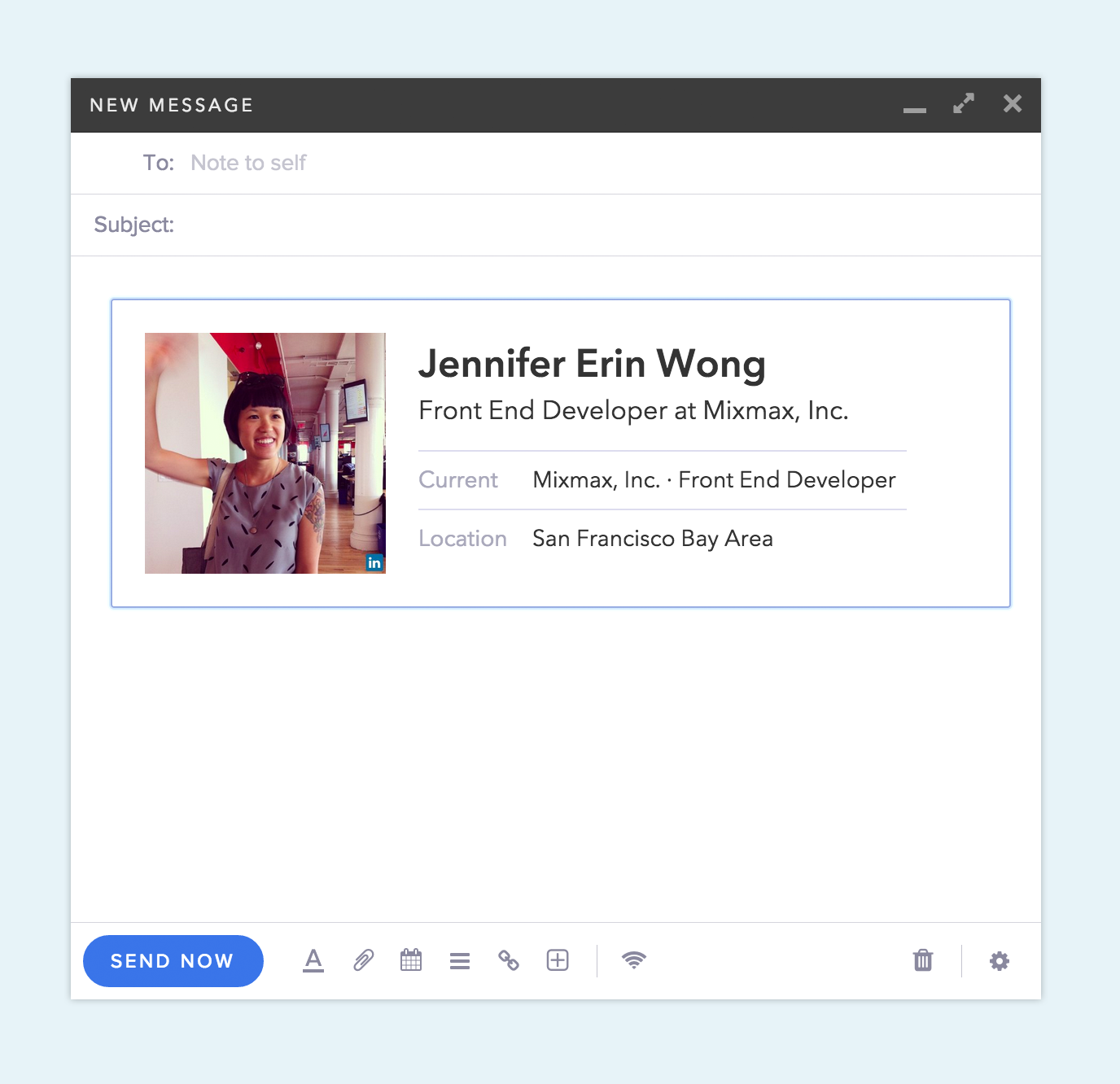
In the ever-evolving world of digital marketing, the way your content appears on social media can make or break your engagement strategy. With over 4 billion active social media users worldwide, the first impression your link makes is crucial. This is where Open Graph (OG) and Twitter Card (XC) metadata come into play. These small but powerful pieces of code determine how your content is displayed when shared across platforms like Facebook, Twitter, and LinkedIn.
This article will guide you through the essentials of Open Graph and Twitter Card metadata, explaining why they matter in 2025 and how to implement them effectively. Whether you’re a marketer, developer, or business owner, understanding these tools can significantly enhance your online visibility and user interaction.
What Is Open Graph & Twitter Card Metadata and Why It Matters
Open Graph and Twitter Card metadata are HTML tags that allow website owners to control how their content is presented when shared on social media. These tags provide structured data about a webpage, such as its title, description, image, and URL. When someone shares a link, social networks use this information to generate a preview, making it more likely for users to click through.
For example, if you share an article without proper metadata, the preview might show just a generic snippet of text with no image. But with well-optimized OG and XC metadata, the preview could include a compelling image, a clear title, and a concise description—making it much more attractive to users.
These tags are especially important for content marketers who want to maximize their reach and engagement. According to a study by HubSpot, links with images receive 2.6 times more clicks than those without. This highlights the significance of properly implementing OG and XC metadata in your SEO strategy.
How Open Graph & Twitter Card Metadata Impacts SEO Performance
While Open Graph and Twitter Card metadata may not directly affect search engine rankings, they play a vital role in driving traffic and improving user experience. Here’s how:
-
Increased Click-Through Rates (CTR): Well-designed previews with high-quality images and engaging titles can significantly boost CTR. This increased traffic can lead to more page views, time on site, and even better search engine performance due to improved engagement metrics.
-
Brand Recognition: Consistent and professional-looking previews help reinforce brand identity. Users are more likely to trust and engage with content that looks polished and relevant.
-
Improved Social Sharing: When users see a visually appealing preview, they are more inclined to share the link with their followers. This can lead to organic growth and expanded reach.
-
Enhanced User Experience: By providing clear and accurate information, OG and XC metadata ensure that users know exactly what to expect when they click on a link. This reduces bounce rates and increases the likelihood of conversions.
By focusing on these aspects, you can create a more effective online presence that aligns with both user expectations and search engine best practices.
Step-by-Step Implementation Framework
Implementing Open Graph and Twitter Card metadata doesn’t have to be complicated. Follow this step-by-step framework to get started:
-
Define or Audit the Current Situation
Begin by checking if your website already has OG and XC metadata. Use tools like the Open Graph Checker Chrome extension to inspect existing metadata. Identify any missing or incorrect tags. -
Apply Tools, Methods, or Tactics
If you’re using a CMS like WordPress, consider plugins such as Yoast SEO, which automatically adds OG and XC metadata. For custom-built sites, manually add the necessary tags in the<head>section of your HTML. Ensure you include the following essential properties: og:title– Title of the contentog:description– Description of the contentog:image– URL of the imageog:url– URL of the content-
twitter:card– Set to “summary_large_image” for optimal display -
Measure, Analyze, and Optimize
After implementation, monitor the performance of your social media links using analytics tools. Track metrics such as CTR, engagement rate, and referral traffic. Use A/B testing to experiment with different images, titles, and descriptions. Regularly update your metadata based on insights and user feedback.
Real or Hypothetical Case Study
Let’s look at a hypothetical case study of a SaaS company, “ProjectFlow,” which implemented OG and XC metadata to improve its social media performance.
Before implementation, ProjectFlow’s link previews were generic and lacked visual appeal. As a result, their social media engagement was low, and their CTR was below average.
After optimizing their OG and XC metadata, they included high-quality images, compelling titles, and clear descriptions. They also tested different layouts and styles to find what resonated best with their audience.
The results were impressive. Within three months, their social media CTR increased by 35%, and their referral traffic from social platforms grew by 50%. This led to higher brand awareness and more leads for their product.
This case study illustrates the tangible benefits of properly implementing OG and XC metadata and the importance of continuous optimization.
Tools and Techniques for Open Graph & Twitter Card Metadata
To streamline the process of managing OG and XC metadata, consider using the following tools:
-
Yoast SEO (WordPress Plugin)
This plugin simplifies the addition of OG and XC metadata. It automatically generates the necessary tags and allows for easy customization of titles, descriptions, and images. -
Open Graph Checker (Chrome Extension)
This tool helps you quickly check the OG and XC metadata of any webpage. It provides a preview of how the link will appear on social media, allowing you to make adjustments before sharing. -
Facebook Sharing Debugger
This tool helps you test and debug your OG metadata. It shows how your content will appear on Facebook and allows you to scrape the page to refresh cached data. -
Twitter Card Validator
Similar to the Facebook tool, this validator checks your XC metadata and ensures that your tweets display correctly. It also helps you clear the cache if changes are made. -
Canva or Adobe Express
These design tools can help you create visually appealing images for your OG and XC metadata. They offer templates and customization options to match your brand’s style.
By leveraging these tools, you can efficiently manage and optimize your OG and XC metadata, ensuring that your content stands out on social media.
Future Trends and AI Implications
As AI continues to shape the digital landscape, the role of OG and XC metadata is likely to evolve. With the rise of voice search and multimodal interactions, the need for clear and structured data becomes even more critical. AI-powered platforms may start relying more on metadata to understand and present content accurately.
Additionally, advancements in natural language processing (NLP) could lead to more dynamic and personalized link previews. Imagine a future where your metadata not only includes static information but also adapts based on user preferences and behavior.
To stay ahead, focus on creating high-quality, relevant content and ensure your metadata is up-to-date and optimized. Embrace new technologies and trends, and continuously refine your approach to maintain a competitive edge.
Key Takeaways
- Understand the Importance: OG and XC metadata enhance the appearance of your social media links, leading to higher engagement and traffic.
- Implement Properly: Use tools like Yoast SEO or manual coding to add the necessary tags to your website.
- Optimize Continuously: Monitor performance metrics and test different elements to find what works best for your audience.
- Stay Ahead of Trends: Keep an eye on emerging technologies and adapt your strategies accordingly.
- Focus on Quality: High-quality images, clear titles, and compelling descriptions are key to effective metadata.
By mastering Open Graph and Twitter Card metadata, you can significantly improve your online presence and drive more traffic to your website. Start today and watch your social media engagement soar!
Meta Title: Open Graph & Twitter Card Metadata: The Ultimate Guide to Best Practices
Meta Description: Learn how to optimize Open Graph and Twitter Card metadata for maximum social media engagement and traffic.
SEO Tags (5): Open Graph, Twitter Card, Metadata, Social Media Optimization, SEO Best Practices
Internal Link Suggestions: Parameter #12: Schema Markup, Parameter #8: Content Marketing Strategy, Parameter #5: Social Media Engagement
External Source Suggestions: https://developer.mozilla.org/en-US/docs/Web/HTML/Element/meta, https://developers.facebook.com/tools/debug/, https://cards-dev.twitter.com/validator











